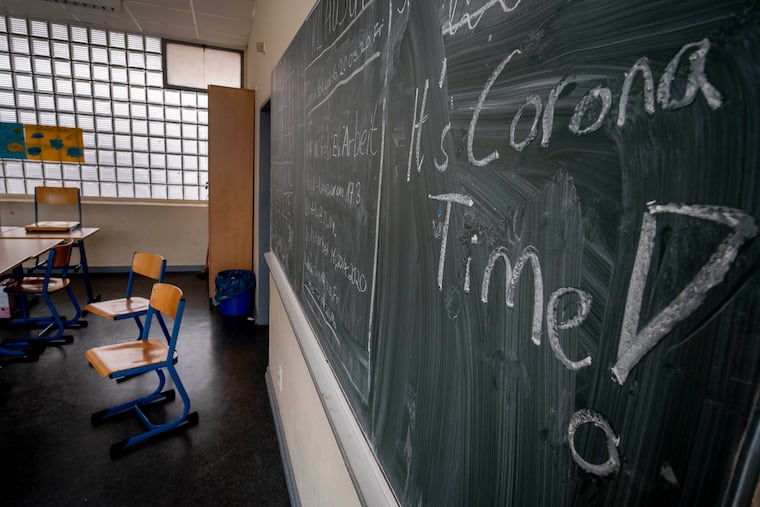Europeans are sending kids back to school. Why can’t we? | Trudy Rubin
In contrast to the USA, European countries have crushed the curve and tamped down infections which makes it safer to reopen work and schools.

In contrast to the USA, European countries have crushed the curve and tamped down infections which makes it safer to reopen work and schools.
